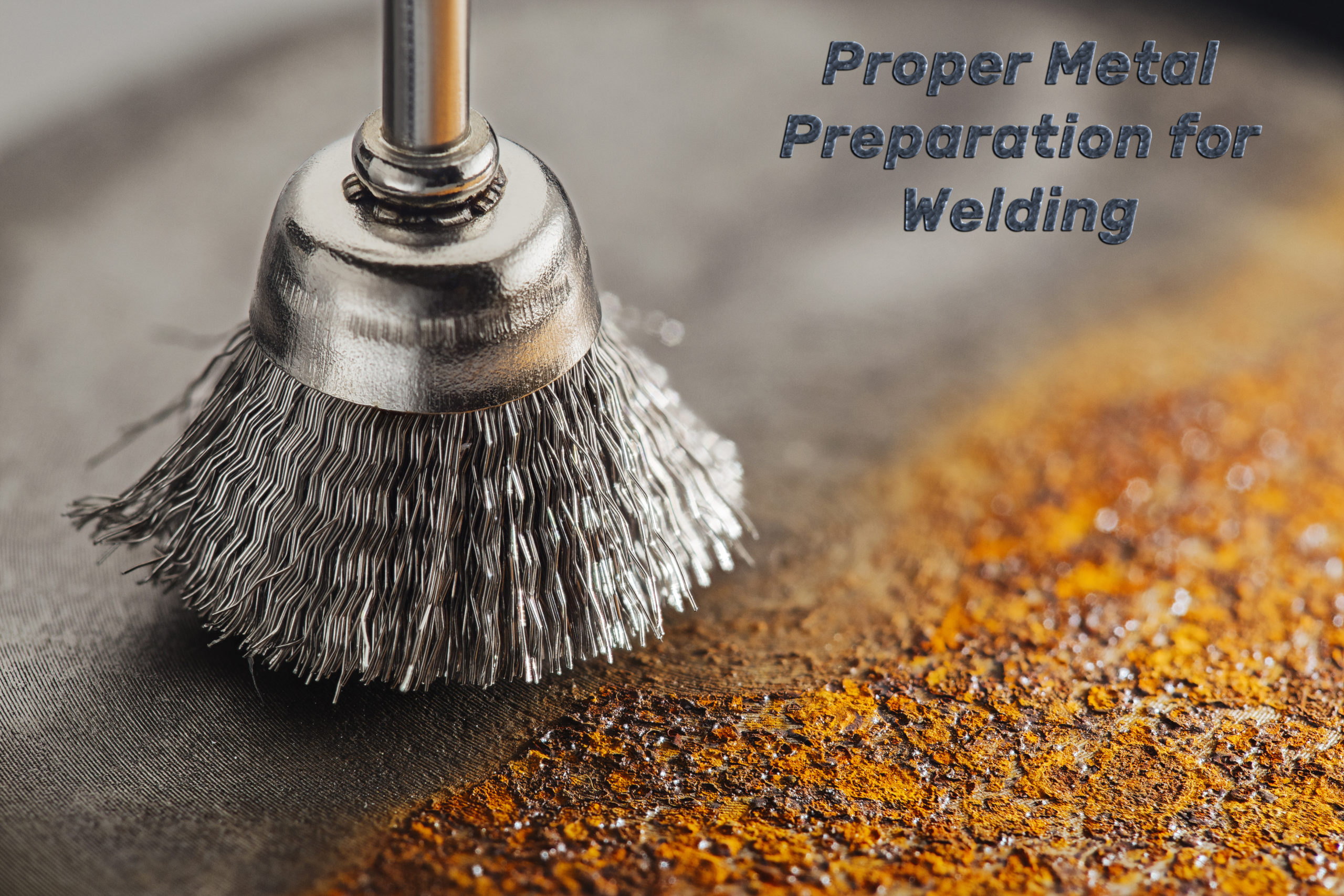
Whenever you’re looking to weld, braze, or solder something, your metal preparation for welding should always be top priority. Proper metal preparation will allow you to get the job done safely and efficiently – giving you the best possible results. So many welders, both amateur and professional, try to rush through the preparation process, and they find bigger problems later on in the project. Don’t be one of those people.
Here are the principles of how to ensure proper metal preparation for your welding activities:
- Secure the part.
No matter what you are welding, you want to make sure that it is not going to move around when you actually weld it. Take your time to ensure that you’re using a suitable clamp to hold the part in place so that you can work on it without worrying about anything coming loose.
- Pre-clean the parent metal.
The cleaner the parent metal is, the smoother the welding process is going to go. So, you want to do whatever is needed to pre-clean the material and remove any impurities so that there is no contamination whatsoever. You can use a wire brush, Dremel tool, or sandblaster to remove thick impurities, as well as tools like angle grinders and plasma cutters. You can then use a rag to clean off any remaining oil, grease, or other dirt that might impede the welding process. By being proactive, you’ll save yourself a lot of headaches down the line.
- Bevel the joint.
Now that your welding surface is well-prepared, you can bevel the joint to create the slope that you need for the weld. This helps to reduce the thickness of metal that needs to be handled on the first pass and makes for a much safer welding experience all around. Doing this effectively creates a sound joint that will last the test of time.
- Follow all relevant safety guidelines.
Welding is a dangerous activity, and so it’s important that you take the various safety precautions seriously. Make sure that you have an appropriate welding helmet, the right safety gloves, and that your workspace is set up in a way that minimizes the risk of accidents. Don’t cut corners here. Having the right safety equipment and following the best practice safety procedures is paramount.
- Double-check your plan.
Before you start welding, you should always have a precise plan for what you’re trying to accomplish. Double-check this again to make sure that you are using the right speed for your equipment, that you’ve covered all your bases in terms of safety guidelines, and that you’ve measured what you need to measure correctly. If you find an error or a misjudgment, now is the time to correct it.
There you have it! If you follow those simple steps you are well on your way to proper metal preparation for welding, brazing, and soldering. Remember – going slower and getting the preparation right is actually the way to get things right the first time.
If you need any equipment or welding supplies for your upcoming projects, be sure to check out what we have on offer here at Muggy Weld. You’ll find a vast array of products that are suited to any number of different projects.
